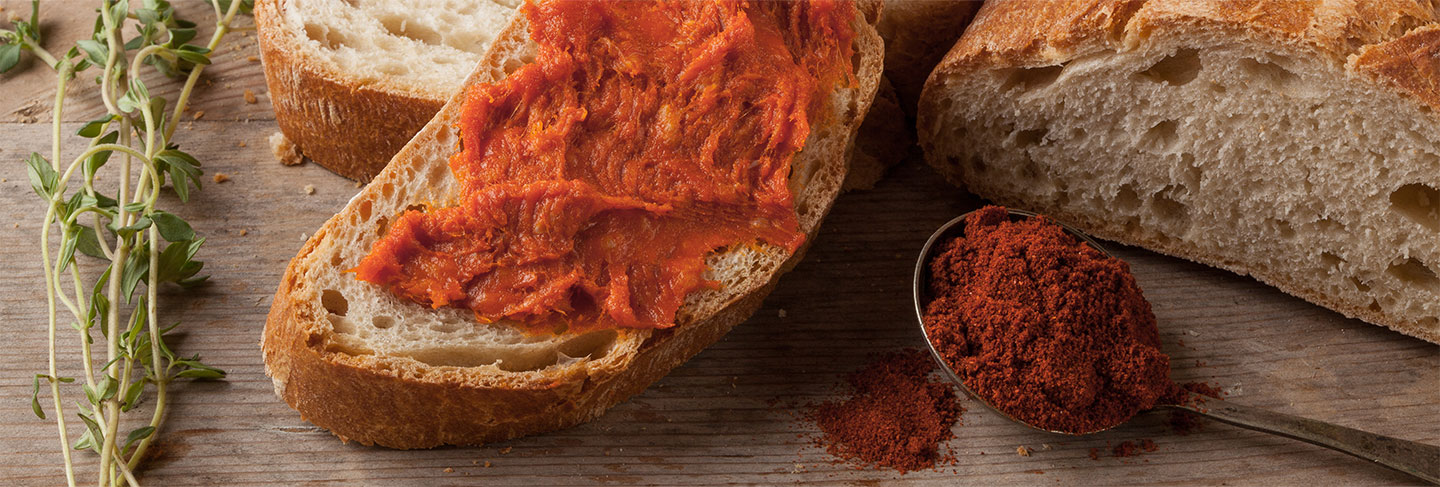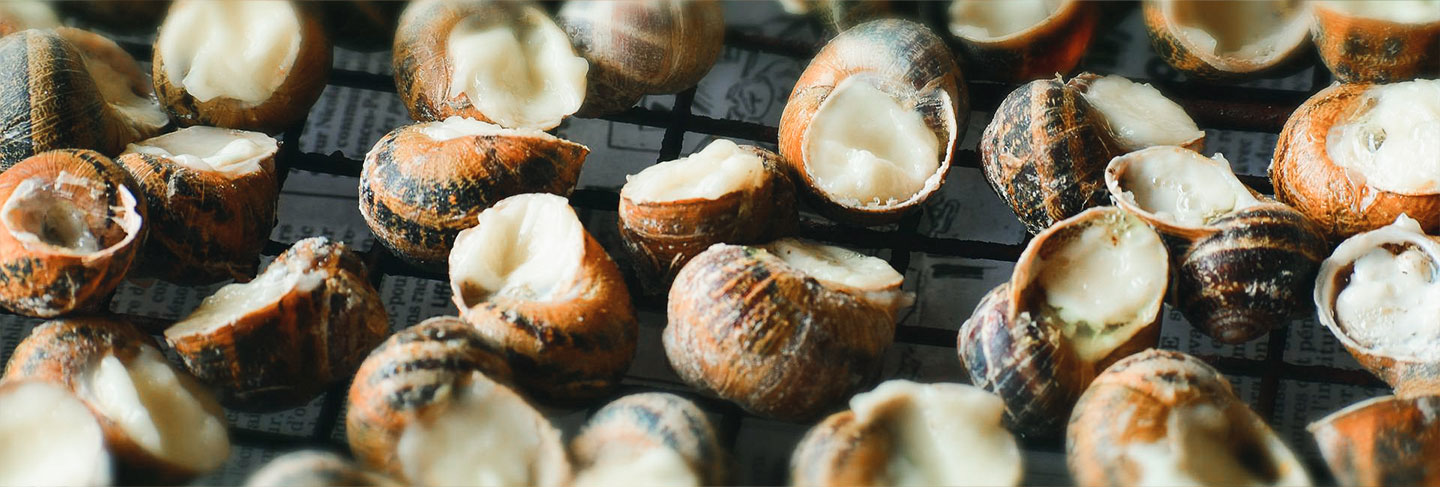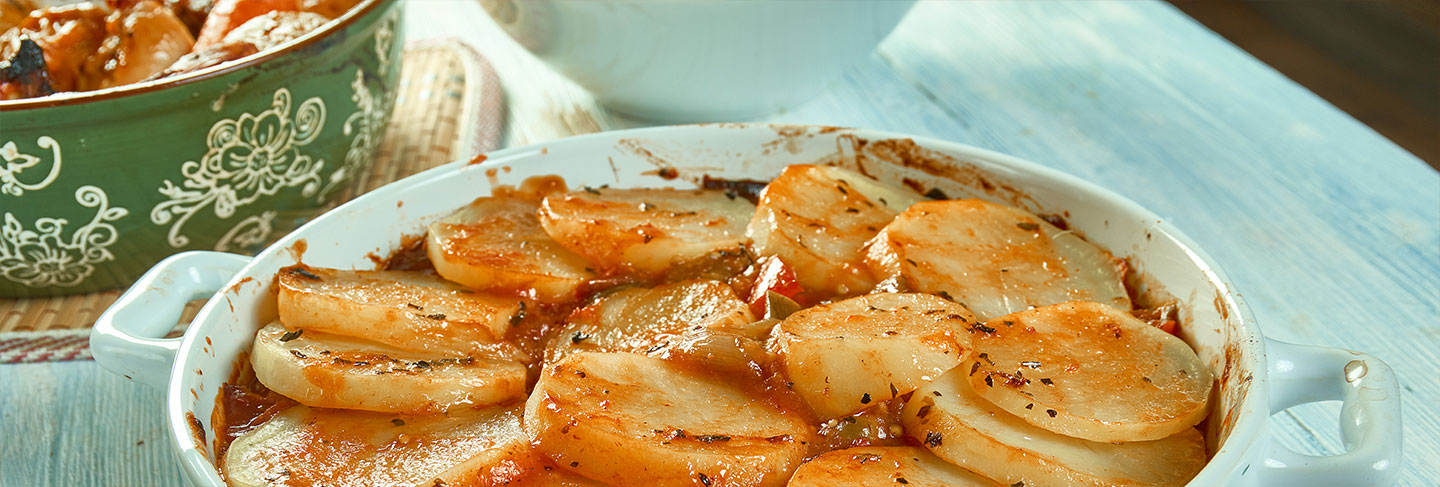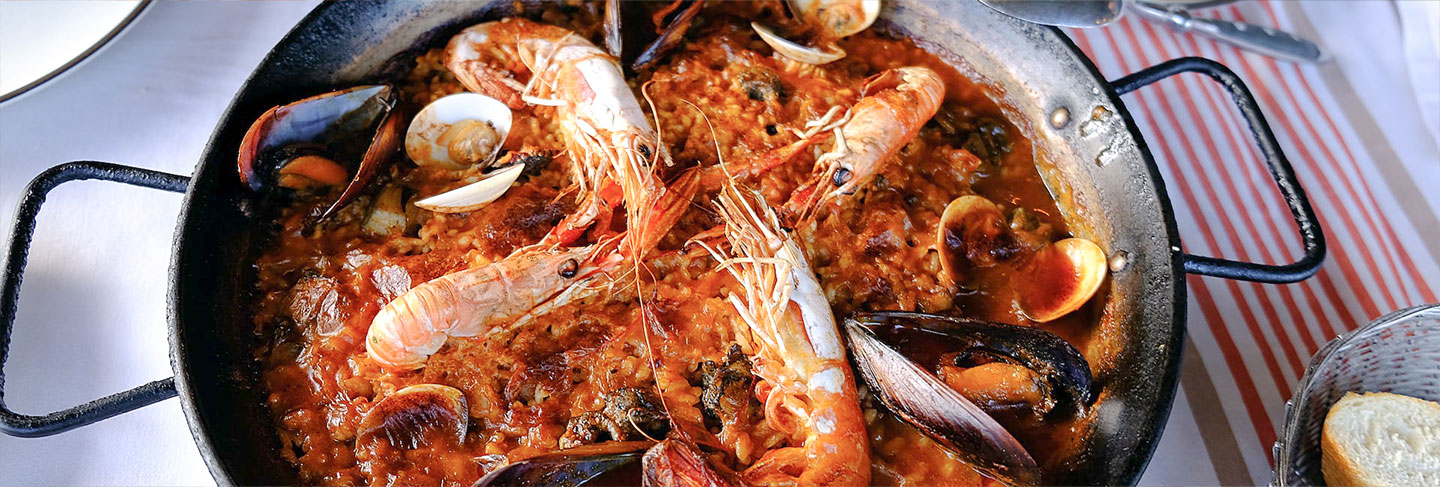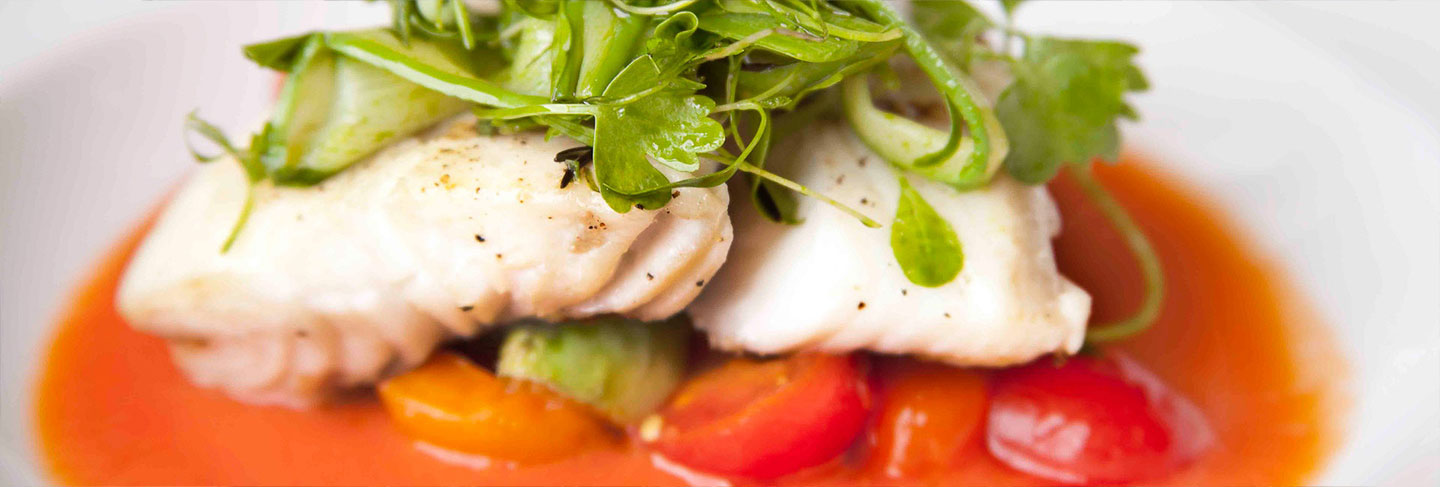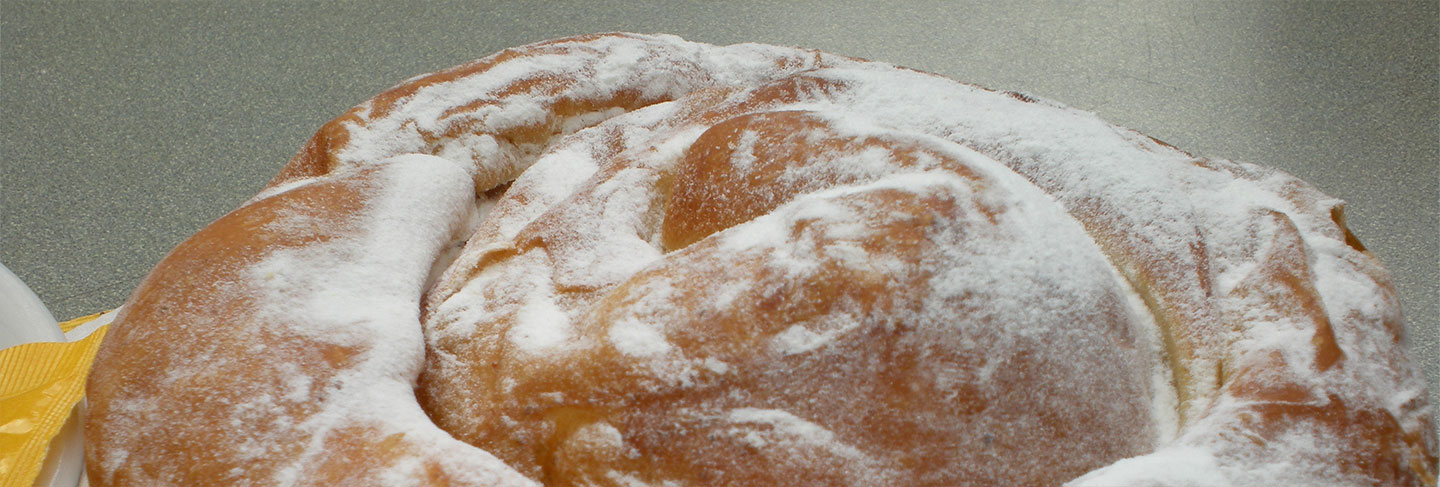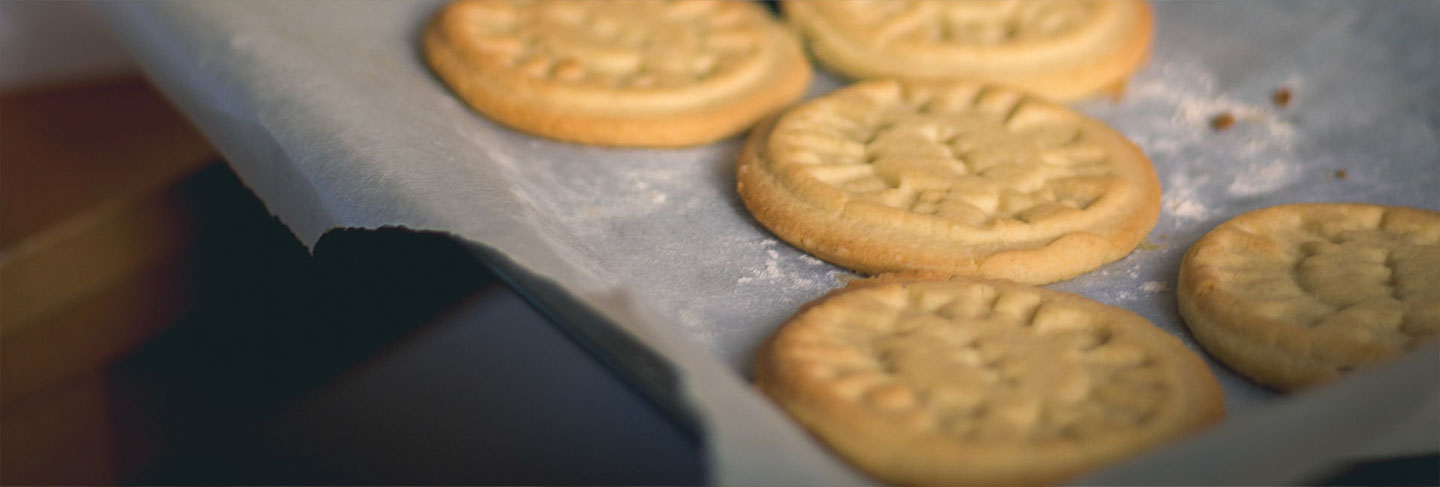To discover and appreciate the cuisine of the Balearic Islands is to dive fully into its history and character. The richness and diversity of Balearic cuisine is derived from the different civilisations that have populated the territory, each of which has in turn contributed to the influence of the local culture.
Some culinary traditions have remained unchanged for centuries. Balearic gastronomy is based on an essential ancestral principle: self-sufficiency. The aim is to make the most of the islands' resources. Thus, we find the potatoes of Sa Pobla, yellow peppers, almonds, carrots "moradas", pork, or lobster.
The principle of food self-sufficiency naturally goes hand in hand with the seasonality of the products. Thus, during the Easter holidays, the locals celebrate with typical dishes such as Frito Mallorqui, empanadas or cocarrois.
In the winter, more substantial dishes are served, such as Nadal soup, almond purée or Escaldums de Nadal, a turkey with dates, plums, tomatoes and soubressade. In summer, the place of honour goes to aubergines, tomatoes and peppers, which can be found in almost every meal.
Balearic gastronomy is a source of pride for the inhabitants, who also see it as a way of bonding. On special occasions, families get together to cook traditional dishes under the watchful eye of the Padrina (grandmother). Each family guards its recipes closely... and keep an eye out for those who try to repeat them!
Here are a few of the dishes typical of the Balearic Islands…
In the Balearic Islands (and in Spain as a whole), a meal cannot begin without tapas, an emblem of Spanish gastronomy. The charm of tapas is their diversity! The Balearic cuisine has several specialities.
Sobrasada is a true symbol of the Balearic Islands. In fact, since 1993, this dish has been officially recognised by the European Union, which protects the name Sobrasada de Mallorca under the Protected Geographical Indication (PGI) quality label. Soubressade resembles chorizo but has a different texture: it is much softer and spreads easily on bread. Moreover, this dish, often served as a tapa.
Pa Amb Oli is another regional favourite. This speciality, which the locals love, can be eaten at any time of the day as a snack or as an aperitif. This popular dish is nothing more than country bread rubbed with garlic and tomato. A drizzle of olive oil and a few accompaniments are all that is needed to make this simple but delicious dish. In nearby Catalonia it goes by the name pa amb tomaquet.
Mahon cheese is one of the great specialities of the Balearic Islands, and more specifically of Menorca. Its preparation dates back several centuries. Made from curdled cow's milk, Mahon cheese is then wrapped in a muslin cloth tied at the four corners. This is pressed until it has rounded corners, the trademark of the cheese. Mahon cheese is recognised as a 100% artisanal product and has the AOC label.
After a rain shower and when it gets dark, it is not uncommon to see the inhabitants of the Balearic Islands walking along the country lanes with an electric lamp in their hands. Although surprising for tourists, this phenomenon is not as strange as it seems. In fact, the locals are hunting for caragols, small snails that the inhabitants of the Balearic Islands, and especially the Mallorcans, are very fond of. The preparation of this dish differs depending on the island. In Mallorca, the caragols are cooked in a broth of fresh herbs (parsley, mint, fennel, marjoram, etc.), while in Menorca they are combined with crab or spider crab.
The Balearic gastronomy is full of typical dishes. These are based on seasonal vegetables, pork and fish. Although each island has its own specialities, certain common culinary traditions persist and can be eaten anywhere in the archipelago.
Trempo is a typical Balearic dish. It is very simple and consists solely of seasonal vegetables (red and green peppers, tomatoes, onions) that come directly from local farms. In Menorca, Trempo is eaten as a cold salad seasoned with a dash of olive oil and a little salt. A coca de Trempo, a kind of pizza on which the vegetables of the original salad are placed, is a local favourite and can be found in every bakery on the archipelago.
Another dish based on seasonal vegetables is Tumbet. Although the ingredients in this speciality are rather similar to Trempo, the preparation is different. Tumbet is more like our French ratatouille with the addition of potatoes. However, it takes much longer to cook: each vegetable has to first be fried and separated in layers before being covered with a sofrit, a basic sauce of Mediterranean cuisine made of fresh tomatoes, onions, garlic and olive oil.
If there is only one must-try dish in the Balearic Islands, it would be the famous Arroz. It is extremely popular in Spain and has been for centuries. It was eaten by the poorest inhabitants, who gradually added ingredients and sauce to it. Today, arroz is a traditional Balearic dish that comes in a variety of preparations. There is the Arroz Brut, a meat broth to which pieces of vegetables and rice are added, the Arroz negre (black rice in Catalan) made with dried ink and the Arroz à Banda, the red rice with squid and saffron.
Head to Menorca in the east of the Balearic Islands, and more specifically to the small village of Fornelles. It is here that you may have the chance to taste a local speciality: Caldereta de Langosta (lobster soup in Catalan). This dish is prepared entirely on request: you pick the crustacean, still alive, from the aquarium. It is then simmered for about twenty minutes with onions, garlic, tomatoes and peppers. Some chefs also add a personal touch with fennel, a glass of cognac or toasted almonds. This dish is all the more emblematic because King Juan Carlos I was crazy about it! The only drawback: you will need to use your fingers to peel the shellfish!
The typical dishes you have just discovered are now giving way to a sweeter note. It's time to discover the sweetness of the Balearic Islands, unique specialities to be enjoyed at any time of the day!
If you want to feel like a local, sit down in a café and order Ensaimadas for breakfast. These small, rolled-up buns are one of the most emblematic specialities of the Balearic Islands. You can find them in any bakery, restaurant or café. Made with lard (saim in Catalan), flour, water, sugar, butter, yeast and egg, Ensaimadas can be served plain or sweetened. Those with a sweet tooth can also enjoy them filled with apricot, cream, turron, chocolate... or even sobrasada!
If the sobrasada-filled Ensaimadas are not to your taste, try the Crespells and Robiols instead. These little cakes are eaten at any time of the day and are traditionally eaten before Easter. However, it is easy to find them at almost any time in the Balearic Islands. Each family and bakery has its own recipe for making them, so you'll have the opportunity to try several very different ones! Robiols are very similar to savoury empanadas, the only difference being that they are filled with jam, chocolate, cabell de angel (pumpkin jam) or brossat, a fresh Catalan cheese. Crespells are more similar to shortbread: they are shaped like a star, a fish, a flower or Senyoret, a little man from the Balearics.
Every year, tourists flock to the coast of Mallorca to discover its beaches, its architecture... but also its Ruta del Vino (wine route), in the Inca region, which is home to a dozen wineries waiting to be visited. The island also has two denominations of origin: Plá i Llevant and Binissalem (red wine). But if Mallorca is known for its wine appellations, its neighbours are not to be outdone! In Ibiza, the vineyards of the Sant Mateu d'Aubarca region produce red, rosé and white wines. The best-known authorised grape varieties are Merlot, Cabernet Sauvignon, Syrah and Chardonnay. Formentera also produces a sunny, robust red, Cap de Barbària. To learn more about Balearic winegrowing, take a guided tour of over an hour through the grape varieties and vineyards of the Binifadet estate in Menorca to discover the secrets of making the best wines, and conclude your visit with a tasting. You are sure to have a great time.
As well as its wine estates, Menorca is also famous for its gin production at the distillery in Mahon, the island's capital. Mixed with soda, the gin becomes pallofa; with lemonade, the drink, which is drunk in gargantuan quantities during the Ciutadella festivals, is called pomada.
To round off a meal in style, there is nothing like a digestive. Try the hierbas, a homemade digestif originating from Formentera and then prepared in Ibiza, which is customary to offer to good customers at the end of a meal. The most elaborate of these digestifs is made from 18 aromatic plants, including aniseed, fennel, sage, rosemary, laurel, orange and lemon blossom... and is served chilled. Each restaurant owner has his own recipe, inherited from his grandparents.
Healthy, sweet, savoury and based on seasonal products, Balearic gastronomy delights all those who venture to the islands. The know-how and warmth of the inhabitants only make it better! Don't hesitate to ask one of the chefs available with Villanovo to prepare these mouth-watering Balearic dishes for you.
